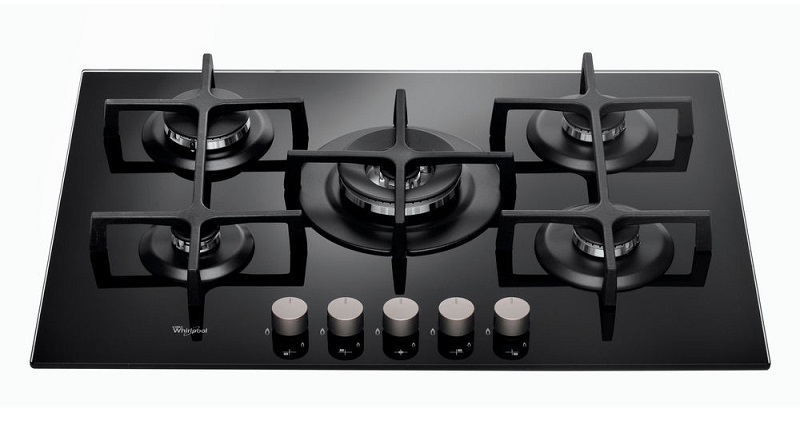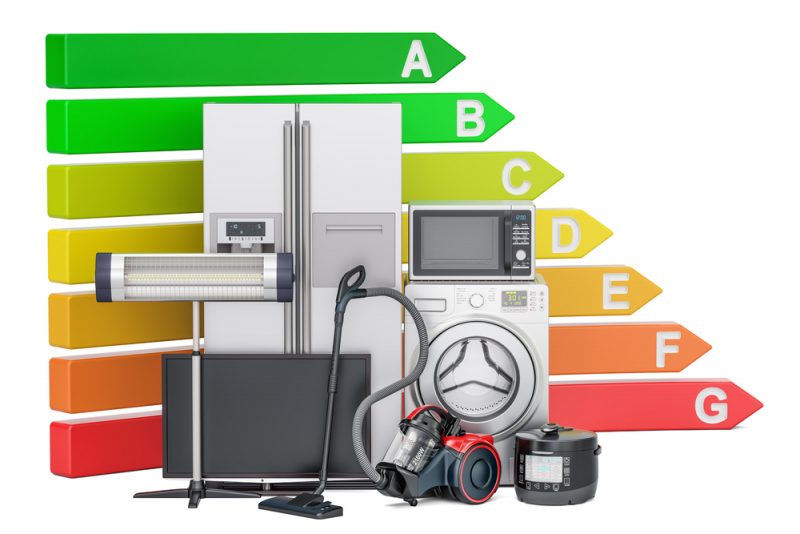When facing the reform of a kitchen one of the points a prior easier to solve is the choice of appliances, if we have to put new, of course. Looking for the one that most suits our pocket and our needs we must look for one that mainly has a low consumption. Fridge, dishwasher … are not too difficult to choose but the plate … oh, the plate is something else.
Especially because we might have three options to choose the plate, the heart of the kitchen. Opting for gas, induction or glass ceramic are three options more than feasible since between them there are not excessive price differences but if we find many points where they separate from each other. Let’s see some of the advantages and disadvantages of each one of them.
Gas Plates

We start with the models that run on gas, either butane or city gas. A type of plate that is perhaps less aesthetic than its electrical counterparts but which is nevertheless more effective for cooking . At this point we can choose to mount a mono block gas stove with gas oven or if we prefer to opt for gas hob with electric oven that is usually today the most usual.
Regarding the advantages of gas plates, we find four reasons why choosing a gas hob can be interesting …
- They take less time to heat containers
- Lower power consumption
- Different types of containers can be used
- Ideal for dishes of all life (stews, stews, rice dishes …)
But not all are advantages and there are thus drawbacks …
- Although the surface is smooth the burners make it harder to clean
- Gas is more sensitive to possible leakage due to failure or oversight
So we have two points against and three in favor, which have perhaps more weight in regard to the usual use that is what really matters. And is that to make a meal with gas is usually more comfortable by the circumstances that we have mentioned before and from a subjective point of view you get a better taste.
Induction Plates

These are the most modern of the three that we bring and therefore the most expensive. Although their appearance is similar to that of normal glass ceramic plates, they are distinguished from these by the operation and the advantages they offer.
In contrast to the “vitro”, the induction ones work by means of the generation of a magnetic field that in contact with a metallic container, causes that it is heated. The difference is that the vessel is heated, but the plate does not generate residual heat, a heat that is not used.
You may also like to read: Angular cooking, practical solutions
It is based on Faraday’s law and being more efficient can save energy and money. They are also safer because we can not burn ourselves if we lay our hands on them. Let’s see what are its advantages …
- They take less time to heat
- Spend less energy
- They are safer because they only heat the container while the glass remains cool
- Depending on the above, they are easier to clean and easier cleaning.
- In addition they are programmable
But as in the case of gas plates, there are also drawbacks …
- It is the most costly option economically
- They can only be used with certain types of compatible equipment (forget to use aluminum or mud pans or pans).
- If you are of traditional stews, it is not the most indicated option
Ceramic plates

We arrive at the last variant that we can find when it comes to assembling the kitchen, at least the part related to the fires. It is an intermediate choice between induction and gas and is the type of cuisine that we can find more frequently.
It is a type of plate that is based on the generation of heat by means of electrical resistances placed under the ceramic glass. These resistors heat the glass and this transmits its heat to the vessel that we place on top.
The difference also with the induction is that the heat not only affects the container, but everything that we put on the glass so that we can burn for a while after having turned it off and if it spills any contents can be fried with the heat Making cleaning difficult. It is a type of solution that has a number of advantages …
- Cheaper than induction cookers.
- If we clean them frequently they are more “curious” than the gas stoves but less than the induction ones
- Compatible with large number of containers by materials (supports iron, mud, aluminum …)
- They keep the residual heat well so we can remove them and continue cooking with the remaining heat
But of course, said the advantages, also see what are the disadvantages they offer …
- It takes longer to get warm and cool
- Based on the above, they consume more electricity and the price at which the light is …
- They must be cleaned with special products so that they do not scratch
It is clear that when choosing each user is a world and should choose not only depending on the budget that counts or the design that will have your kitchen. You will also have to face what kind of use the board will give you to choose the one that best fits your needs.
In case it can serve, in my case I have opted for gas, for economy and especially for the facilities that it offers when preparing traditional dishes. A cooking zone of three fires divided into one of 15 centimeters in diameter, another one of 18 centimeters and a third of 21 centimeters. And in your case, what kind of kitchens do you use at home?



